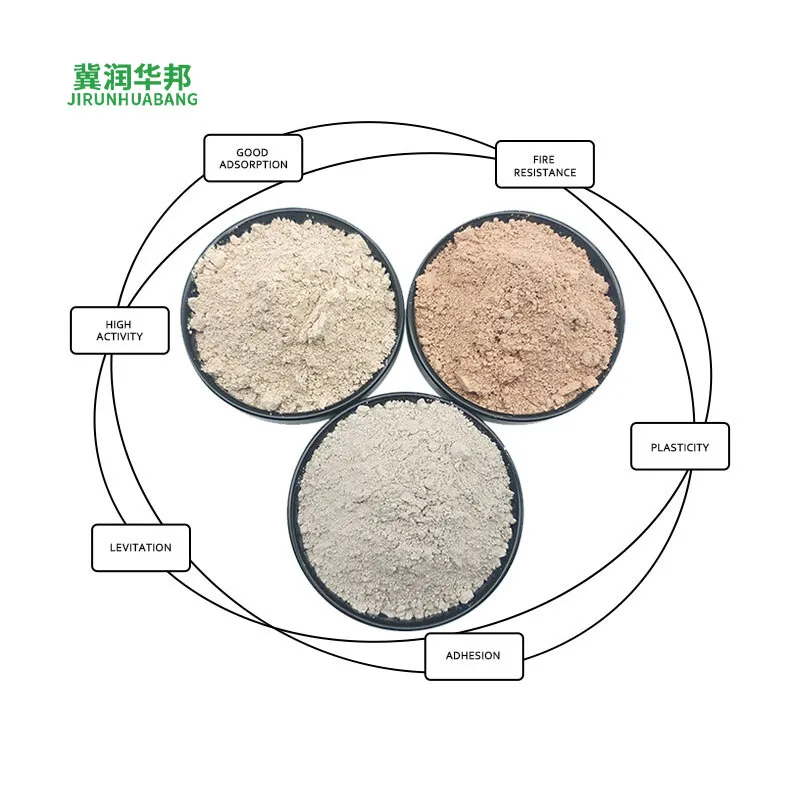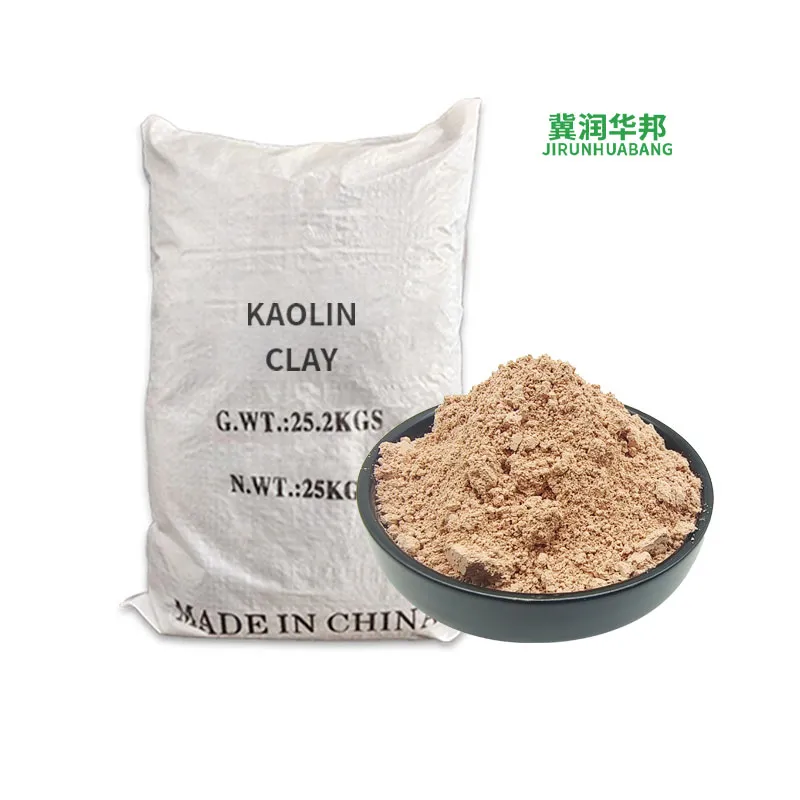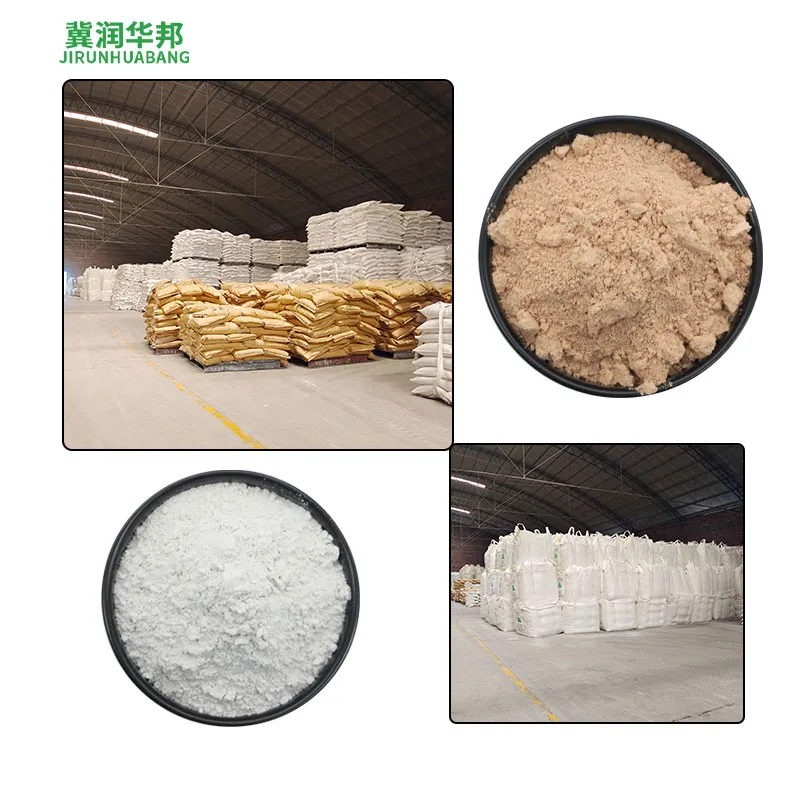
-
 Afrikaans
Afrikaans -
 Albanian
Albanian -
 Amharic
Amharic -
 Arabic
Arabic -
 Armenian
Armenian -
 Azerbaijani
Azerbaijani -
 Basque
Basque -
 Belarusian
Belarusian -
 Bengali
Bengali -
 Bosnian
Bosnian -
 Bulgarian
Bulgarian -
 Catalan
Catalan -
 Cebuano
Cebuano -
 Corsican
Corsican -
 Croatian
Croatian -
 Czech
Czech -
 Danish
Danish -
 Dutch
Dutch -
 Bahasa inggris
Bahasa inggris -
 Esperanto
Esperanto -
 Estonian
Estonian -
 Finnish
Finnish -
 French
French -
 Frisian
Frisian -
 Galician
Galician -
 Georgian
Georgian -
 German
German -
 Greek
Greek -
 Gujarati
Gujarati -
 Haitian Creole
Haitian Creole -
 hausa
hausa -
 hawaiian
hawaiian -
 Hebrew
Hebrew -
 Hindi
Hindi -
 Miao
Miao -
 Hungarian
Hungarian -
 Icelandic
Icelandic -
 igbo
igbo -
 Indonesian
Indonesian -
 irish
irish -
 Italian
Italian -
 Japanese
Japanese -
 Javanese
Javanese -
 Kannada
Kannada -
 kazakh
kazakh -
 Khmer
Khmer -
 Rwandese
Rwandese -
 Korean
Korean -
 Kurdish
Kurdish -
 Kyrgyz
Kyrgyz -
 Lao
Lao -
 Latin
Latin -
 Latvian
Latvian -
 Lithuanian
Lithuanian -
 Luxembourgish
Luxembourgish -
 Macedonian
Macedonian -
 Malgashi
Malgashi -
 Malay
Malay -
 Malayalam
Malayalam -
 Maltese
Maltese -
 Maori
Maori -
 Marathi
Marathi -
 Mongolian
Mongolian -
 Myanmar
Myanmar -
 Nepali
Nepali -
 Norwegian
Norwegian -
 Norwegian
Norwegian -
 Occitan
Occitan -
 Pashto
Pashto -
 Persian
Persian -
 Polish
Polish -
 Portuguese
Portuguese -
 Punjabi
Punjabi -
 Romanian
Romanian -
 Russian
Russian -
 Samoan
Samoan -
 Scottish Gaelic
Scottish Gaelic -
 Serbian
Serbian -
 Sesotho
Sesotho -
 Shona
Shona -
 Sindhi
Sindhi -
 Sinhala
Sinhala -
 Slovak
Slovak -
 Slovenian
Slovenian -
 Somali
Somali -
 Spanish
Spanish -
 Sundanese
Sundanese -
 Swahili
Swahili -
 Swedish
Swedish -
 Tagalog
Tagalog -
 Tajik
Tajik -
 Tamil
Tamil -
 Tatar
Tatar -
 Telugu
Telugu -
 Thai
Thai -
 Turkish
Turkish -
 Turkmen
Turkmen -
 Ukrainian
Ukrainian -
 Urdu
Urdu -
 Uighur
Uighur -
 Uzbek
Uzbek -
 Vietnamese
Vietnamese -
 Welsh
Welsh -
 Bantu
Bantu -
 Yiddish
Yiddish -
 Yoruba
Yoruba -
 Zulu
Zulu
High-Resistivity Kaolin Ceramic Glaze Paper Coating-HEBEI NINGCHAI MACHINERY CO.,LTD.
High-resistivity kaolin has emerged as a critical material in both the ceramic and paper industries due to its unique physical and chemical properties. This article delves into the product features, technical specifications, and applications, while also exploring the company behind this innovation, HEBEI NINGCHAI MACHINERY CO.,LTD.. Whether you're a manufacturer or researcher, understanding the value of high-resistivity kaolin is essential for optimizing industrial processes.
Understanding High-Resistivity Kaolin: A Versatile Material
High-resistivity kaolin, a naturally occurring clay mineral, is renowned for its exceptional electrical insulation properties. Its high resistivity ensures stability during high-temperature processes, making it indispensable in ceramic glaze formulations. For paper coating applications, its fine particle structure and chemical inertness enhance printability and opacity. This dual functionality underscores its importance in modern manufacturing.
The Science Behind High-Resistivity Kaolin
According to the National Institute of Standards and Technology (NIST), standards for material properties are crucial for industrial applications. High-resistivity kaolin’s resistivity is measured in ohm-cm, with values typically exceeding 10^8 ohm-cm. This characteristic prevents unwanted electrical currents during ceramic firing, ensuring a smooth, uniform glaze finish. Additionally, its natural plasticity and firing properties contribute to durable ceramic bodies with strong glaze adherence.

High-resistivity kaolin’s unique properties make it ideal for both industrial and skincare applications. Learn more about its benefits.
Key Features and Advantages
High-resistivity kaolin offers a range of advantages that cater to diverse industrial needs:
- Electrical Stability: Prevents short circuits during ceramic glaze firing.
- Enhanced Printability: Provides a smooth surface for paper coatings, improving ink holdout and brightness.
- Chemical Inertness: Compatible with various coating chemistries, ensuring versatility.
- High Purity: Purity levels range from 90% to 97%, ensuring consistent quality.

From skincare to industrial applications, kaolin clay benefits are widely recognized. Discover its potential.
Technical Specifications
| CAS No. | 1332-58-7 |
|---|---|
| Place of Origin | China |
| Color | White/Yellow |
| Shape | Powder |
| Purity | 90-97% |
| Grade | cosmetics grade/industrial Grade |
| Package | 5-25kg/bag, customized package |
| MOQ | 1kg |
Applications in Ceramic Glaze and Paper Coating
High-resistivity kaolin is a cornerstone in ceramic glaze production. Its ability to maintain stability under high temperatures ensures that glazes retain their aesthetic and functional properties. For paper coating, the material’s fine particle size and platelet structure enable excellent dispersion, resulting in high-quality paper with superior optical properties.

Explore the benefits of white clay in industrial and personal applications.
Ceramic Glaze Applications
In ceramics, high-resistivity kaolin acts as a key component in glaze formulations. Its high electrical resistivity prevents unwanted currents during firing, ensuring a uniform glaze finish. This property is critical for industries producing high-quality ceramics, such as tableware, tiles, and industrial ceramics.
Paper Coating Applications
For paper manufacturers, high-resistivity kaolin enhances printability and opacity. Its fine particle size allows for even coating, improving ink holdout and brightness. This makes it ideal for applications requiring high-quality printed materials, such as packaging, magazines, and specialty papers.
Company Background: HEBEI NINGCHAI MACHINERY CO.,LTD.
HEBEI NINGCHAI MACHINERY CO.,LTD. is a leading supplier of high-resistivity kaolin, dedicated to providing innovative solutions for industrial applications. With a focus on quality and customer satisfaction, the company ensures that its products meet the highest standards. Their commitment to research and development has positioned them as a trusted name in the industry.
Conclusion
High-resistivity kaolin is a versatile material with applications spanning ceramics and paper coatings. Its unique properties, combined with the expertise of HEBEI NINGCHAI MACHINERY CO.,LTD., make it an essential component for modern manufacturing. For more information, visit our product page or contact us directly.
References
National Institute of Standards and Technology (NIST). (n.d.). Standards for Material Properties. Retrieved from https://www.nist.gov.
Keywords
benefits of white clay, benefits of white kaolin clay, kaolin benefits for skin, kaolin clay benefits for face.
-
Rear Drum Brakes Maintenance TipsBeritaAug.04,2025
-
Key Components Affecting Brake Drum FunctionBeritaAug.04,2025
-
Important Inspection for Truck Drum BrakeBeritaAug.04,2025
-
How to Prepare for Changing Rear Drum BrakesBeritaAug.04,2025
-
Essential Tools for Cleaning Drum Brakes ProperlyBeritaAug.04,2025
-
Brake Drum Function GuideBeritaAug.04,2025
-
Safety Features of Red Brake DrumsBeritaAug.01,2025
